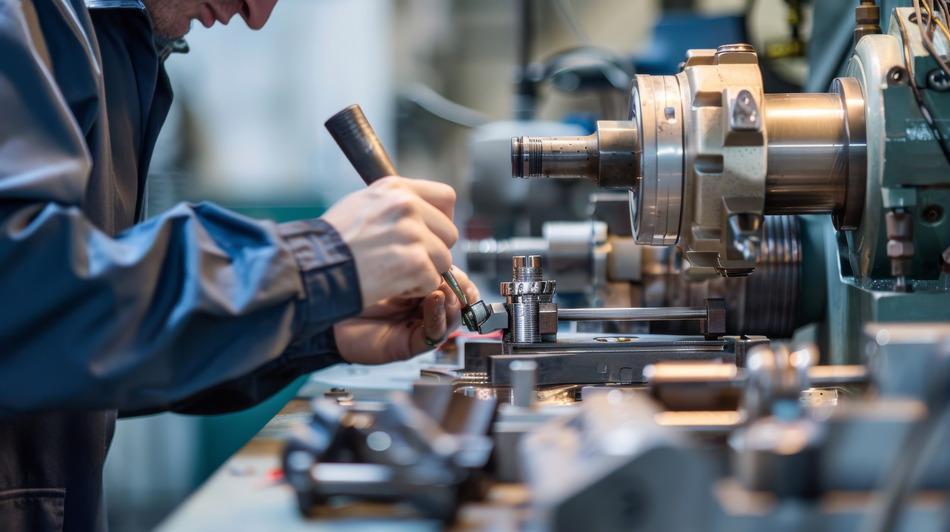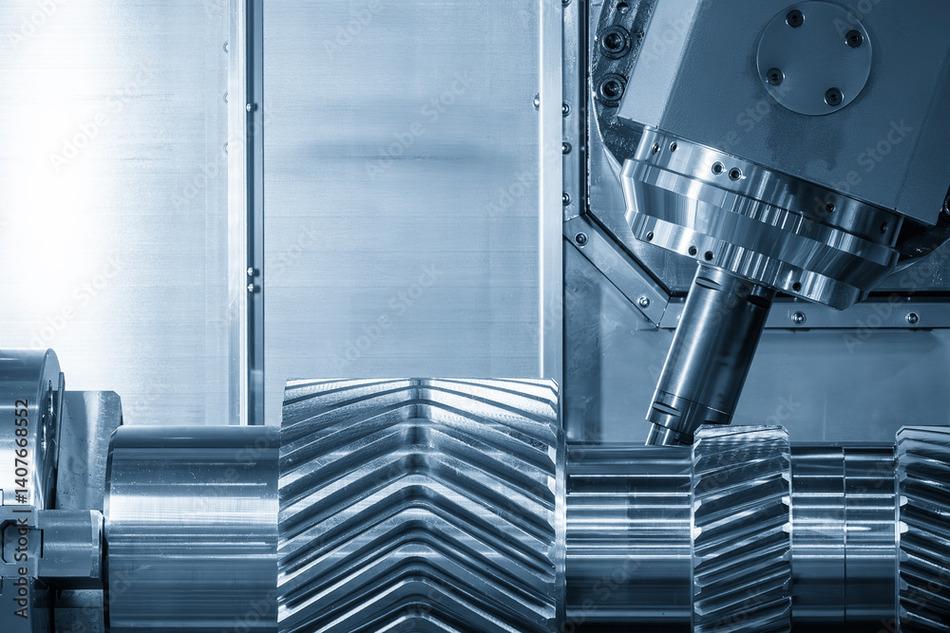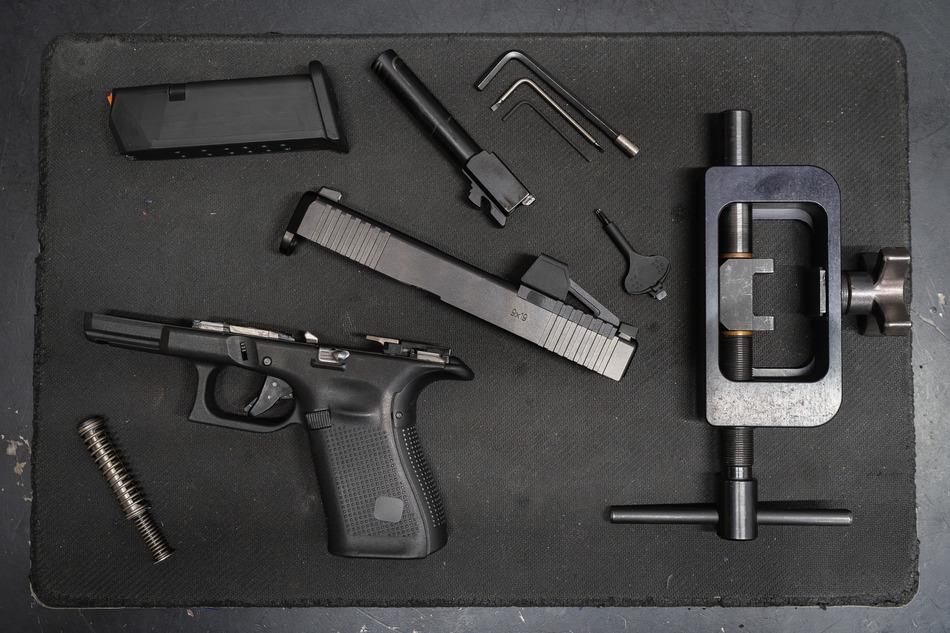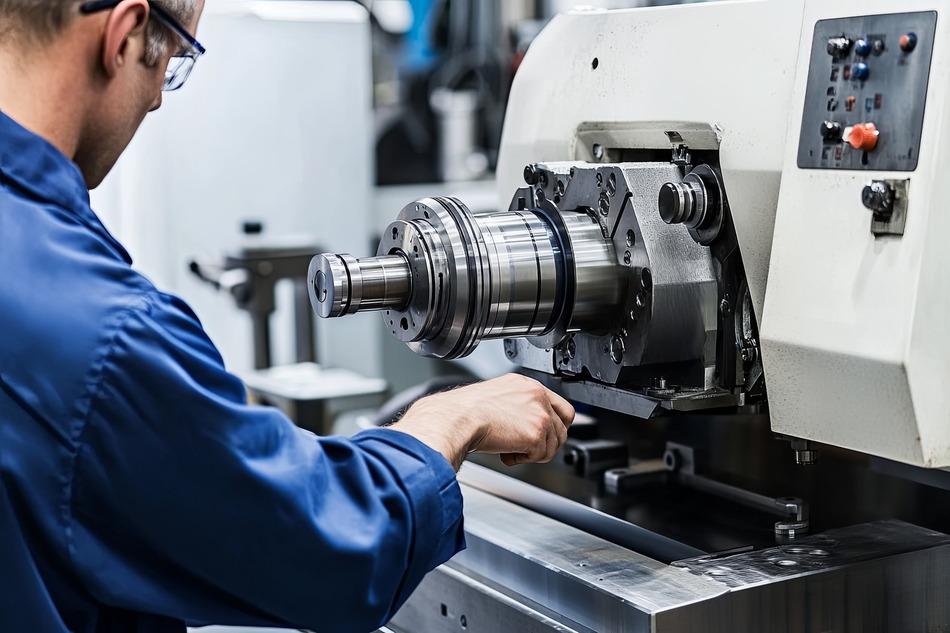Frequently Asked Questions
What is CNC repair?
CNC repair refers to the maintenance and servicing of Computer Numerical Control (CNC) machines used in manufacturing and machining processes. It involves diagnosing, troubleshooting, and repairing any mechanical, electrical, or software-related issues that may arise in CNC equipment to ensure efficient and accurate operation.
What is CNC maintenance?
CNC maintenance refers to the regular inspection, cleaning, and adjustments performed on computer numerical control (CNC) machines to ensure their optimal performance, extended lifespan, and consistent production quality.
How to repair CNC machine?
Repairing a CNC machine involves troubleshooting issues, replacing worn components, and performing maintenance to ensure proper functioning. This may include calibrating axes, replacing damaged cables, and addressing software or hardware problems as needed.
Why is CNC machine maintenance needed?
CNC machine maintenance is needed to ensure consistent and accurate performance, minimize downtime, and extend the lifespan of the machine. Proper maintenance helps maintain precision, prevent unexpected breakdowns, and optimize productivity.
What tools are required for CNC repair?
The tools required for CNC repair typically include a set of precision hand tools, such as screwdrivers, pliers, and wrenches, as well as specialized tools like calipers, micrometers, and diagnostic equipment to identify and address issues with the CNC machinery.
How often should CNC maintenance be performed?
The frequency of CNC maintenance depends on the machine's usage and operating conditions, but typically it should be performed at least once a month to ensure optimal performance and longevity.
What are signs of CNC machine failure?
Signs of CNC machine failure include unusual noises, vibrations, overheating, error messages, and poor part quality. These indicators suggest potential issues with the machine's mechanical components, control systems, or programming that require prompt attention.
How to schedule CNC maintenance services?
Scheduling CNC maintenance services involves coordinating with the service provider to plan regular check-ups, preventative maintenance, and any necessary repairs for your CNC machinery to ensure optimal performance and longevity.
What are common CNC repair techniques?
Common CNC repair techniques include troubleshooting electrical and mechanical components, calibrating machine tools, replacing worn parts, and performing preventive maintenance to ensure optimal performance and productivity.
Can CNC machines be upgraded during maintenance?
CNC machines can be upgraded during maintenance. Upgrading CNC machines during scheduled maintenance allows for enhancements to their capabilities and performance without significant downtime.
What is included in CNC machine servicing?
CNC machine servicing includes regular maintenance, calibration, and inspection of the machine's components, such as the spindle, motors, and control systems, to ensure optimal performance and longevity.
How to identify CNC maintenance issues early?
Identifying CNC maintenance issues early involves closely monitoring machine performance, regularly inspecting components, and promptly addressing any unusual sounds, vibrations, or changes in operation to prevent unexpected downtime and ensure optimal productivity.
Are there preventive measures for CNC machines?
Preventive measures for CNC machines include regular maintenance, cleaning, and calibration to ensure optimal performance, minimize downtime, and extend the machine's lifespan.
How to find a CNC repair specialist?
Finding a CNC repair specialist involves searching for local machine shops or manufacturers that specialize in CNC machine repair and maintenance services. Connecting with industry associations or online directories can help identify qualified CNC repair technicians in your area.
What is the cost of CNC repairs?
The cost of CNC repairs varies depending on the nature and extent of the repairs required. Factors such as the complexity of the issue, the parts needed, and the labor involved can all impact the final cost.
How can CNC maintenance extend machine lifespan?
Proper CNC maintenance can extend machine lifespan by regularly cleaning, lubricating, and inspecting critical components, ensuring parts are replaced as needed, and addressing any issues promptly to prevent further damage.
What are best practices for CNC upkeep?
Best practices for CNC upkeep include regularly cleaning and lubricating the machine, calibrating tools and components, performing preventive maintenance, and addressing any issues promptly to maintain optimal performance and extend the machine's lifespan.
When to consider CNC machine replacement?
Considering CNC machine replacement is prudent when the machine's performance and capabilities no longer meet production demands, or maintenance costs become excessive due to the machine's age and wear.
What affects CNC repair costs?
The factors that affect CNC repair costs include the type and complexity of the CNC machine, the extent of the damage, the availability of replacement parts, and the labor involved in the repair process.
What is the process for CNC troubleshooting?
The process for CNC troubleshooting involves systematically identifying and resolving issues by examining the machine, checking software, and verifying program code to ensure optimal CNC performance and productivity.
How to document CNC machine maintenance?
Documenting CNC machine maintenance involves creating detailed records of all servicing, repairs, and preventive measures taken to ensure the machine's optimal performance and longevity.
What certifications should CNC repair technicians have?
CNC repair technicians should have certifications in areas such as FANUC, Haas, Siemens, or other CNC machine controls, as well as experience in electrical, mechanical, and programming skills to effectively maintain and troubleshoot CNC equipment.
How does CNC maintenance impact production efficiency?
Proper CNC maintenance can significantly impact production efficiency by ensuring the machine's optimal performance, reducing downtime, and maintaining consistent part quality, thereby enhancing overall manufacturing productivity.
What are the benefits of professional CNC repairs?
The benefits of professional CNC repairs include increased machine reliability, extended equipment lifespan, improved productivity, and cost savings through preventive maintenance and expert troubleshooting.
How to train staff on CNC machine care?
Training staff on CNC machine care involves hands-on instruction on proper machine operation, maintenance, and troubleshooting procedures to ensure efficient and safe use of the equipment.
What is the role of lubrication in CNC machines?
Lubrication plays a crucial role in CNC machines by reducing friction, minimizing wear and tear, and ensuring smooth operation. It helps extend the lifespan of machine components and maintain optimal performance.
How to optimize CNC performance through maintenance?
Optimizing CNC performance through maintenance involves regular inspections, lubrication, and calibration of the machine components to ensure accurate and efficient operation.
What safety protocols exist for CNC repair?
The safety protocols for CNC repair include proper lockout/tagout procedures, wearing personal protective equipment, following manufacturer guidelines, and ensuring the machine is fully powered down before any repair work.
How to assess CNC machine performance post-repair?
Assessing CNC machine performance post-repair involves evaluating the machine's accuracy, repeatability, and overall functionality to ensure it meets operational standards and is ready for production.
What common mistakes to avoid in CNC maintenance?
Common mistakes to avoid in CNC maintenance include neglecting regular cleaning, ignoring tool and part wear, failing to properly lubricate components, and not following the manufacturer's recommended maintenance schedule.




